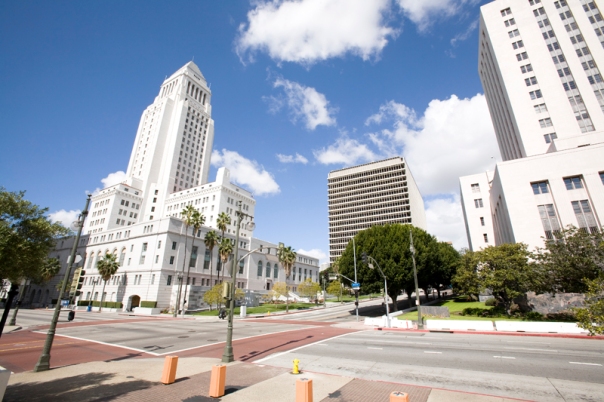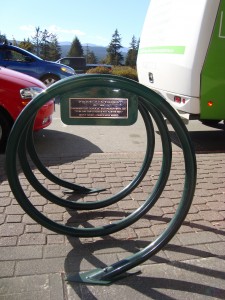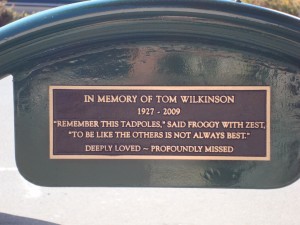That walking and biking both makes people healthier and helps with climate change isn’t exactly a shocker, but when The Lancet, a well respected medical journal, publishes a paper to that effect, suddenly it becomes news. The paper, entitled Public health benefits of strategies to reduce greenhouse-gas emissions: urban land transport, is part of series in the Lancet on climate change and public health. All of the papers and the accompanying commentary are actually available online, which is rare for an academic journal. Kudos to them.
Ironically, this paper comes mere days after the Oak Bay Council passed a watered-down motion to set priorities for funding various transportation options which explicitly mentions public health in its preamble:
WHEREAS climate change is an issue of vital local, national and global importance and local initiatives aimed at reducing greenhouses gases will contribute to protecting air quality and public health;
The original motion(PDF) was brought forward by Nils Jensen, always a strong supporter of active transportation, who is trying to get the municipality to set priorties in transportation planning. It also directed staff to see where the 2010 budget, already in drafting, could be changed to reflect those priorities and a report for the 2011 budget. Sadly this was too much “the cart before the horse”, as Councillor Cassidy, put it for some, so the motion was amended to merely list the four types of road users with no specific priority. Hopefully the staff report, which will likely be out sometime in mid-2010, will have some information to help sway council members.
Within the planning community, links between climate change and active transportation are already fairly well understood, with the Canadian Institute of Planning’s Climate Change Program, and the message from scientists to planners is that it is time to step up. We in BC are ahead of the pack in terms of planning healthy communities, with the Provincial Health Services Authority’s Healthy Built Environment program, something that caught the eye of the federal Public Health Agency in a report not too long ago. There are also dollars coming down the pipeline from the provincial government’s LocalMotion, which partially funded the Henderson Road bike lane project, and BikeBC programs.
Now that the links between climate change, health and active transportation are getting better known, the last thing we need is a reputable organization showing how having healthier, active and climate conscious communities can save governments money and keep tax increases in check to help sway those last few not yet convinced by the mounting evidence.






